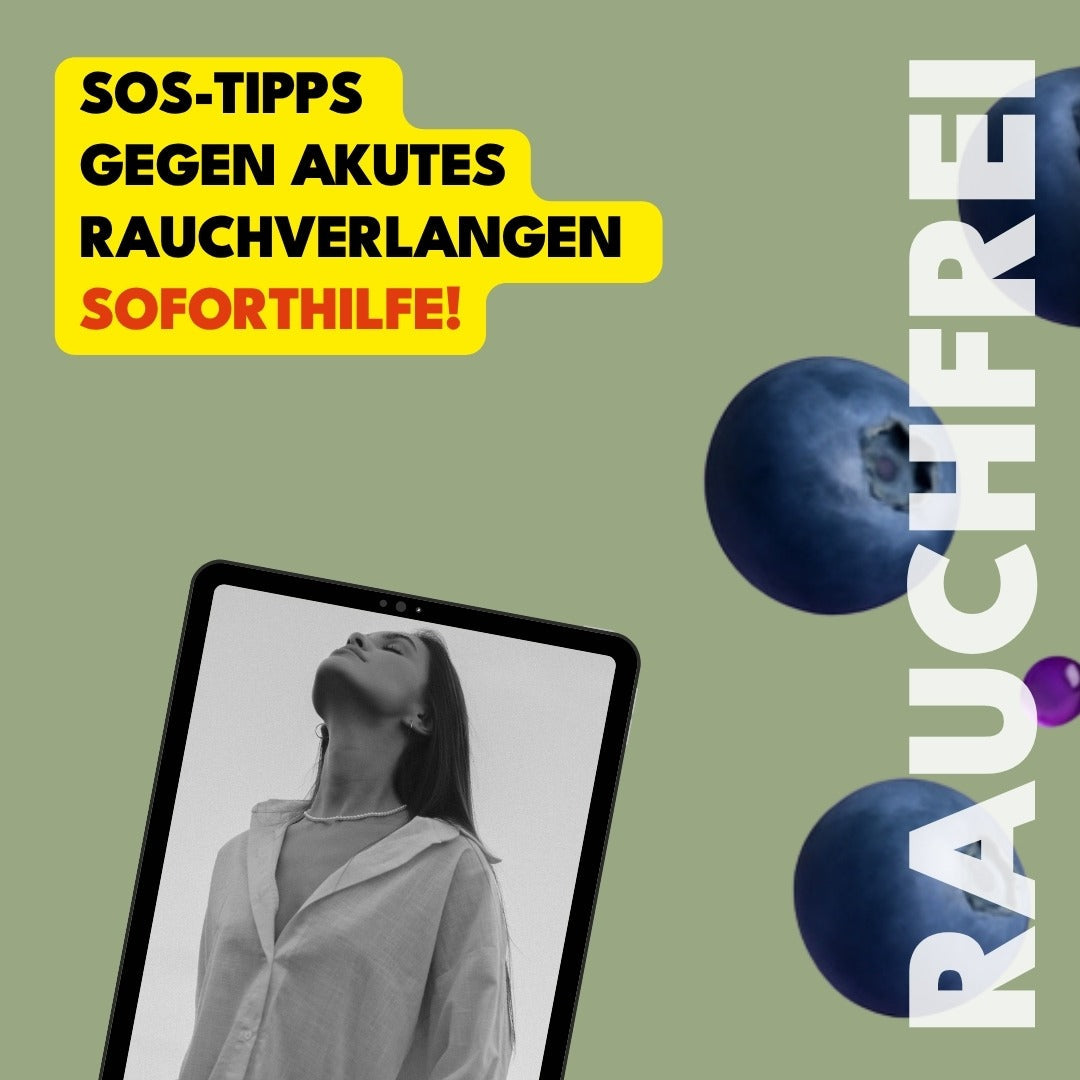One of the most common questions when quitting smoking is: "How long will it take until I finally stop craving cigarettes?" Understandably, you want to know what to expect. First of all, everyone experiences smoking withdrawal differently. However, there are typical periods and phases that can provide guidance. Here you'll get a realistic and comprehensive assessment of how long you can expect withdrawal symptoms to last and what to expect during each phase.
Phase 1: The first 3 days – acute nicotine withdrawal
The first three days are usually the most challenging. Nicotine has a half-life of about two hours, meaning that after a few hours, your nicotine levels drop rapidly and your body begins to break down the substance. It's during this phase that the most intense symptoms often occur:
-
Strong desire to smoke (“cravings”)
-
Irritability and restlessness
-
Sleep disorders and difficulty concentrating
-
Physical symptoms such as headaches or dizziness
This phase often feels the most difficult, but fortunately, it is also the shortest and most intense. Afterward, the symptoms slowly ease.
Phase 2: Days 4 to 14 – the adaptation phase
After about three to four days, the intensity of the physical symptoms decreases significantly. But now the psychological challenge usually becomes more apparent. Now it's time to redesign habits and routines:
-
You may experience mood swings, be more sensitive, or more emotional.
-
The urge for a cigarette still occurs, but less intensely and less frequently.
-
It is normal to experience more intense cravings in situations that were previously strongly associated with smoking (e.g. coffee, a break, an after-work beer).
During this phase, it's incredibly helpful to create new rituals and deliberately incorporate distractions. Aids like KLAIR can also play a crucial role in gently redirecting habits without re-ingesting nicotine.
Phase 3: Weeks 3 to 8 – stabilization
From the third week onward, you'll feel nicotine withdrawal gradually fade into the background. The physical craving for nicotine is barely present or only slightly pronounced. However, the habits and psychological connections to smoking are often still present:
-
Mood and sleep are becoming increasingly stable.
-
Your concentration improves significantly again.
-
Physical fitness noticeably increases and breathing problems slowly disappear.
During this phase, you'll already clearly notice how much your quality of life has improved since quitting smoking. Now it's important to remain vigilant and regularly remind yourself of your reasons for quitting to prevent relapse.
Phase 4: Long-term – after about 3 months you’ll be over the hill!
After three months, most people have overcome the worst hurdles . The urge to smoke appears less and less frequently, usually only in special situations or during periods of extreme stress. Your body and mind have now found a new balance:
-
You breathe easier and feel fitter.
-
Your sense of taste and smell are completely regenerated.
-
You have more energy, feel more emotionally balanced and generally healthier.
This phase marks the beginning of your permanently smoke-free life – and now you will realize how worthwhile all your effort has been!
How to get through these phases well – tips for quitting smoking successfully
-
Stay patient with yourself: accept the phases and recognize small successes.
-
Use natural tools like KLAIR to help you make positive changes to your habits.
-
Set specific goals and reward yourself regularly for achieving milestones.
-
Inform those around you and get support from friends, family or like-minded people.
Conclusion: The withdrawal is final – the gain is permanent!
It's true that quitting smoking is challenging – but it's only temporary. After just a few weeks, you'll already feel much freer and better. The positive changes that await you are definitely worth the short period of challenges. Stick with it – you're well on your way to a healthy and happy life without smoking!




Leave a comment
All comments are moderated before being published.
This site is protected by hCaptcha and the hCaptcha Privacy Policy and Terms of Service apply.